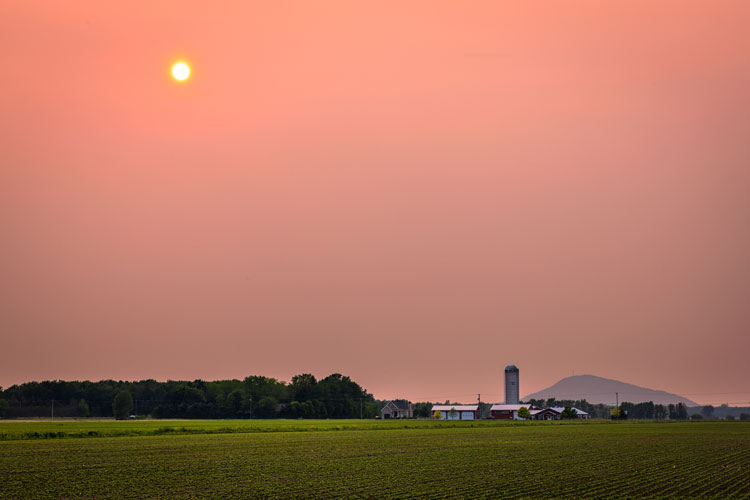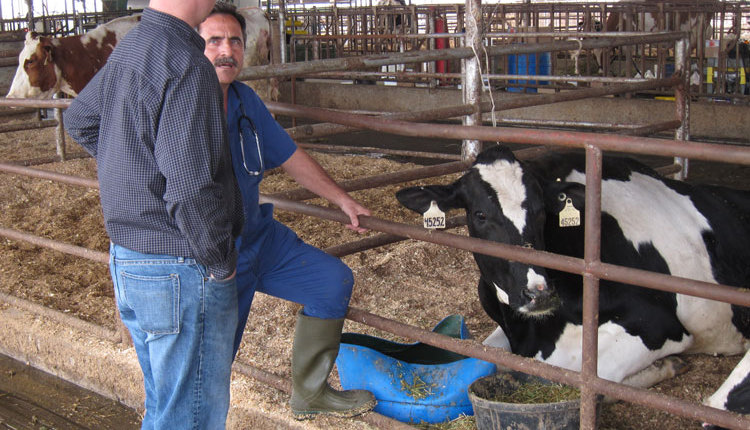More about the impacts of wildfires on dairy cattle can be found in the article, “Western wildfires cost cows and calves dearly,” which appeared in the March 2023 issue.

This summer, we’ve had many days when we were under air quality alerts because of wildfires that continue to burn in Canada. What effects do the smoky haze and low air quality have on people, cows, and calves where we farm in the Upper Midwest?
I suspect that some producers will see health-related problems. In people, individuals that are at higher risk for adverse health consequences are those with predisposing cardiopulmonary problems like heart disease, asthma, chronic obstructive pulmonary disease (COPD), or pneumonia. Public health officials advise at-risk individuals to stay indoors to minimize exposure to unhealthy atmospheric air. They also recommend people not exercise or have athletic competitions when air quality advisories are in place to reduce exposure to particulates in the air that can cause inflammation of the airways.
The risks for companion animals are the same, and we have the same recommendations to follow to minimize adverse health events for our pets. This is easier to do with dogs and cats, but is quite difficult to execute with large animals as the majority of large animal populations are not housed in climate-controlled facilities.
So, what about cattle? The interesting part about cattle is that they are not athletes and need less airway capacity to make milk or for musculoskeletal growth. They also have shorter productive life spans and are unlikely to develop chronic respiratory hypersensitivity disorders like asthma or COPD.
At-risk cattle populations are likely those that experienced respiratory diseases like bovine respiratory disease complex or enzootic calf pneumonia. These animals may have reduced treatment success or other complications like greater respiratory distress because they already have significantly impaired breathing ability.
In healthy animals, research has shown it is possible to see less dry matter intake and associated reduced rate of daily gain or milk production with prolonged exposure to air pollution and low or unhealthy air quality. However, less is known about the effects of transient poor air quality, like what we are seeing with the smoke from Canadian wildfires. We anticipate these air quality problems will persist until the snow flies later this year to extinguish the fires completely, so it is possible that the poor air quality and its health consequences for people and animals will not be just transient.
The best that we can do for our cattle herds and calf rearing systems is to control and improve what we can. Making sure we have early disease detection, good planes of nutrition, adequate ventilation, and effective treatment protocols for our known health risks and pathogens is a good place to start. If health problems persist, contact your herd veterinarian to see if diagnostics and/or other management changes are needed.










